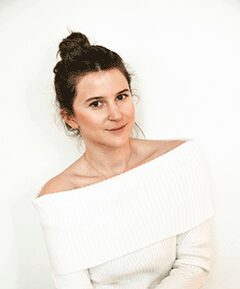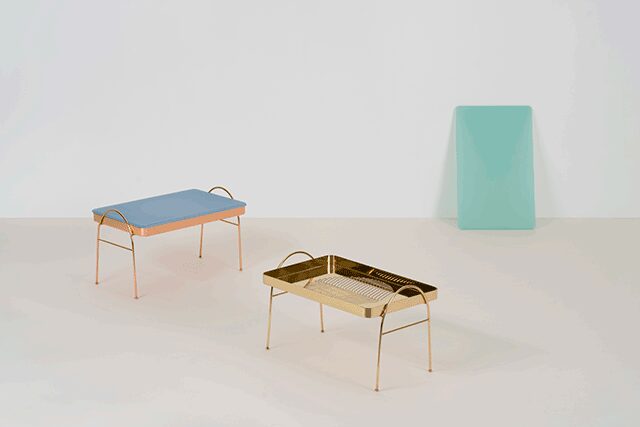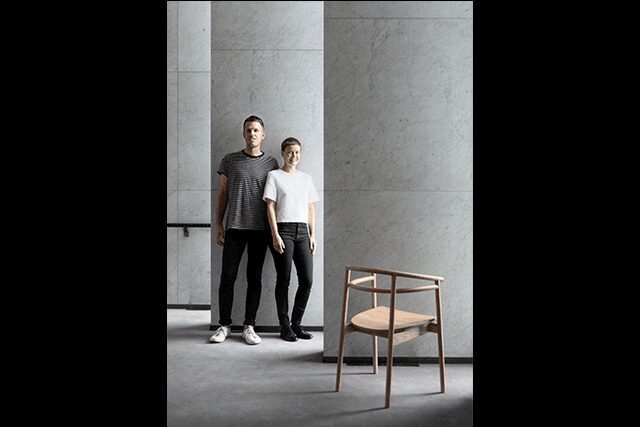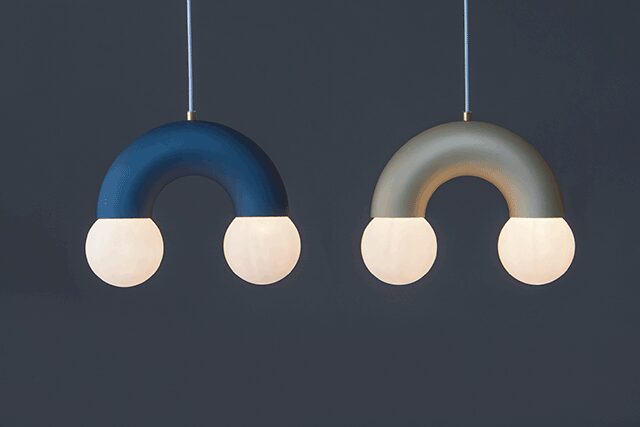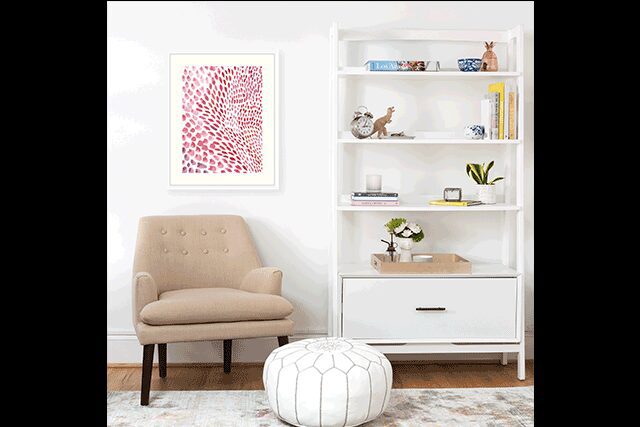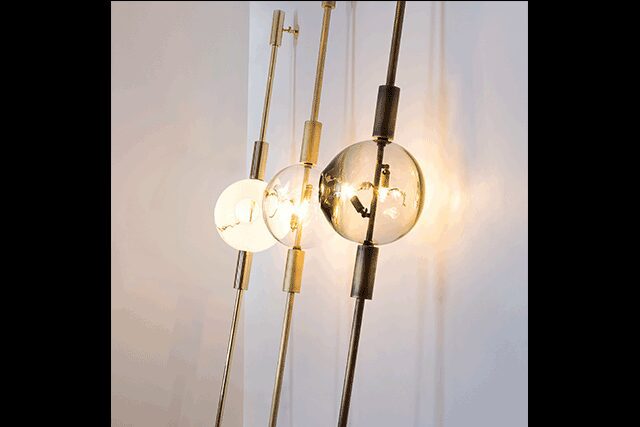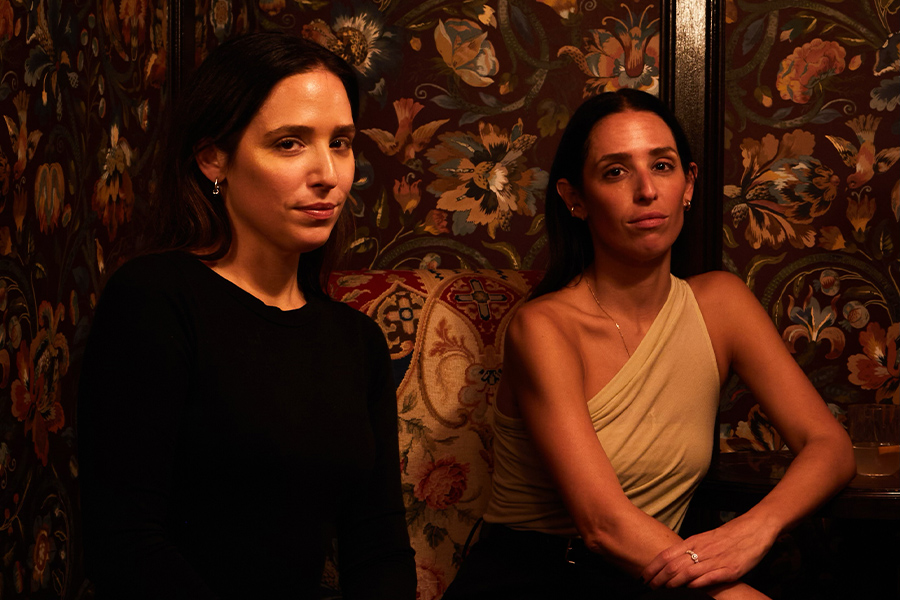Nina Dubarry
Barcelona
Street Cred: The Barcelona-based Dubarry grew up painting huge canvases everywhere, “even on the doors and floors of my house,” she says. It was no surprise that she studied design in Madrid, which informs her creative, imaginative style. The unconventional Juju, for instance, is both a table and a chair. Comprising tropical wood with a natural matte finish that can be lacquered in black and aquamarine, a range of modules are available for a handful of beautiful combinations. Wood “is the main material for me,” she adds. “I love its warmth, as well as its ability to transform into many shapes and tones—and it lasts forever. Sometimes I find myself being too much of a wood purist, refusing to use any other material in my designs.”
Olivia Lee
Singapore
Street Cred: Even at a young age, Lee was searching for an outlet to satisfy her curiosities, which ranged from philosophy and architecture to art and poetry. “Then I discovered industrial design, and everything made sense,” she says. Last year at Salone del Mobile in Milan, her charming Athena collection garnered the attention of many for its portrayal of the modern-day woman and how she lives and works in the Information Age, including the Dais tray tables. Dipped in gold or rose gold with removable tops, they cater to flexible lifestyles, allowing different workspaces to form throughout the home. Hermès has certainly noticed her flare for adventurous design. Last year, the luxury brand commissioned Lee to create its window displays for the Museum of Wonders, a retelling of the history of modern inventions through absurdist scenes.

Studio Kaksikko
Helsinki, Finland
Street Cred: Salla Luhtasela and Wesley Walters have managed to create Studio Kaksikko as a confluence of Nordic and Japanese typologies. “We never decide to express these influences in our work, but they likely come from our living in Finland and Wesley’s many years spent living and working in Japan,” says Luhtasela. They also credit this amalgamation of worldly styles to spending the past year between artist residencies in Paris and New York and designing for Nordic companies such as Skagerak, Muuto, and Nikari. Recently, the pair launched the Korematsu chair, the first in a series made for an osteopathy practice in Japan that expands on the language of their earlier work with a cylindrical shape that is both lightweight and comfortable, but also minimalist and strong, with an elegant angle that celebrates its understated form.
HAHA
Stockholm
Street Cred: For the whimsical Rainbow pendant, Stockholm studio HAHA (founders Yu-Ching Chiang, Arash Eskafi, and Thomas Torninger chose the name for laughter’s authentic connection to happiness) looked to exploit the tactile nature of aluminum, emphasizing the beauty of the material. Although a humble structure, shaping the pendant and piecing electrical parts together inside the tubular form was a challenging and delicate process. “That’s the beauty from our perspective—to achieve something that seems simple,” notes Chiang. Rooted in Swedish and Scandinavian design, HAHA is producing finely crafted pieces that have “a story to say and a statement to make,” adds Eskafi. In fact, their plan is to evolve HAHA into a community-building enterprise that hosts events, seminars, and workshops. “There’s an exciting possibility to collaborate with other creative professions as a collective rather than sitting in front of our computer all day in the studio,” Eskafi says.
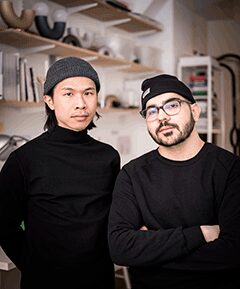
Christine Joy Llewellyn
Brooklyn, New York
Street Cred: Christine Joy Llewellyn’s aesthetic is marked by lighthearted hand-drawn motifs and rhythmic, minimalist patterns that are “simple, elegant, graphic, and bold,” she says. The New York native started off in finance before shifting her focus to surface pattern design, which is influenced by her Caribbean heritage, growing up in Queens, and living in central Africa as a young girl. She works in many different mediums, including ink and marker, but “my absolute favorite is watercolor,” she says. With Pink Dots, the harmonious blend of supple blush and red tones react in dynamic ways. “I love that you are forced to relinquish control and be flexible,” Llewellyn remarks. “It’s magical to watch the water, paint, and paper interact simultaneously.”

Feyza Koksal
New York
Street Cred: Growing up in Istanbul, Koksal “was enamored by the city’s rich history and culture,” she says. Turkey has since become a muse for the New York-based designer, who came into art by following in the footsteps of her painter grandmother. She turned her attention to lighting design when she founded Feyz Studio in 2016 “because light—natural and artificial—can activate a space and evoke different emotions,” she explains. Her Lean Light represents the dramatic Basilica Cistern in Istanbul. Its glass spheres are “made with the intention of being beautiful art pieces themselves,” she notes, with the difference in glass thickness causing a dispersion of light. Gold leaf is added to the globe, and when lit, it resembles constellations. “I am inspired by imperfection,” Feyza says. “The imperfections of the glass and metal finish add character and carry the marks of a craftsman.”
